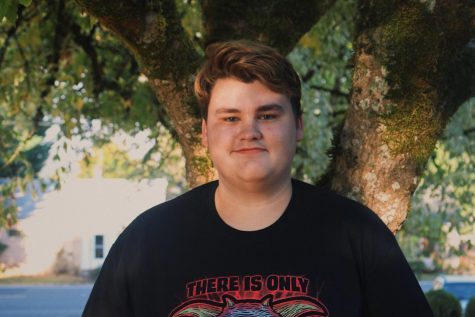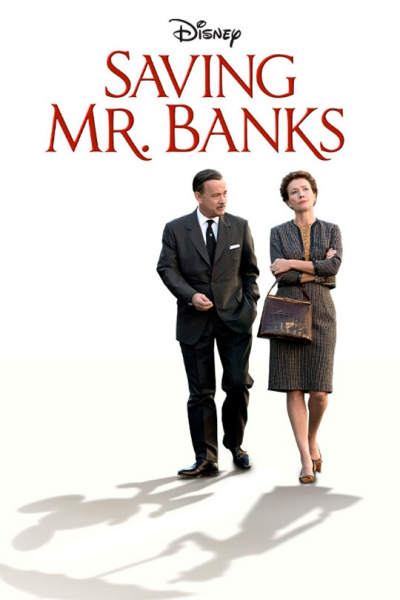How State of Decay Reinvigorated The Zombie Sub-Genre

It’s pitch black. The air is frigid. You can hear the loud pounding of your heart. You hear snarling coming from behind you. You’re exhausted from scavenging all day. But on the horizon, you see it: your home base. As you are about to reach safety, the corpses behind you grab you, and drag you back into the black abyss of night. Your fellow survivors never see you again. Situations just like these are frequent in State of Decay.
What It’s all About:
On June 5th, 2013, an indie game (titled State of Decay) was released that would forever alter the landscape of zombie games. State of Decay was unique; nothing quite like it had existed before. It was a role-playing game, a survival-horror game, a simulation game, and a base/resource management game.
One might think that mixing all of these elements together would result in a incoherent mess of a game, but you’d be wrong. The game opens with you playing Marcus Campbell, a survivor stranded with his friend, Ed Jones, in a serene wooded area. Quickly, the two of you are surrounded by zombies. You fight them off, and are quickly thrust into a story of surviving in this new world.
State of Decay’s story is fairly run-of-the-mill. The game has a basic story which is only there to propel the gameplay. State of Decay really excels in its mechanics and gameplay. Rather than the typical overpowered hero you play in other zombie games like Dying Light, you play the pathetic everyman here. Instead of running around hacking up zombies, State of Decay directs you to focus on surviving and saving others.
The game has you and your fellow survivors taking up refuge in a home base. After you settle, you then must manage said home, building and maintaining facilities, gathering resources, and keeping morale up. It may seem menial, but some, like myself, may find this departure from the usual norms of the sub-genre relaxing. The game still does have you fighting zombies to get resources, or protecting your home base from the dreaded undead.
You can take control of any one of your survivors, and use them to leave home and scavenge for supplies. You can loot buildings, like gas stations, convenience stores, houses and more to gather things needed for your community to survive. This practice of collecting supplies is one that is nearly non-existent in other zombie games.
State of Decay is also an unforgiving game, but that’s not horrible! If a survivor is devoured by zombies, they’re gone for good. You can’t load any earlier saves, so you’ll need to be careful with your survivors. The map also has finite resources in all places, so if you drain one area of supplies, you’ll be forced to move your community, or just keep scavenging further and further from home. Special zombies also exist within the game, which can significantly increase the game’s difficulty if your survivor is scavenging alone.
Games, like Dying Light or Dead Island, have you fighting the zombies yourself, disregarding the things that people would actually care about in the middle of the apocalypse. Personally, I believe what makes State of Decay so special is that it takes the time to focus on and flesh out the components of a zombie apocalypse that are almost always forgotten. SoD keeps the sub-genre fresh through its unique mechanics and fun gameplay, as well as the fact that it has no real end to it.
My Experiences:
When I picked it up in 2015, I began the game, played for a couple of minutes, then shut it off due to boredom. Roughly two years later, in mid-2017, as I was skimming my collection of games for something to play, I found State of Decay. I thought, “Sure, why not?” and began to play again. Instantly, I was addicted. I loved the fast-paced action that came with scavenging and the relaxing times that came with managing my community of survivors.
Personally, I played for months after that, up until January of this year. I played a large portion of the main game, and was great at it, with a surplus of supplies. But I needed a new challenge. So I began one of the pieces of DLC content the game offers, “State of Decay: Breakdown”, which gives you control of a random survivor and starts you off in a random area of the map. I played that for a while, but soon stopped. But now, with State of Decay 2 arriving on May 22nd, I thought it would be a good idea to talk about the game and my experiences with it, and hopefully get more people to be aware of the title.
Final Thoughts:
State of Decay is for a specific type of person. It’s not for the person that wants or needs constant action to enjoy a video game. It’s also not for the person that wants to instantly be great at the game. There’s a high learning curve, and new players can quickly get overwhelmed by constantly having to scavenge for supplies, complete missions, balance resources, uphold morale, fight off hordes of zombies attacking your home, and much more. Many may find the game confusing or too difficult at first, but if you do pick it or the sequel up, I encourage you to stick with it, because once you know how the game functions, you’ll find yourself quickly getting better at playing. I would recommend either game to anyone looking for a challenging, yet reward zombie game.
State of Decay (rated mature) is available on Xbox One, with State of Decay 2 (rated mature) coming to the Xbox One on May 22nd.

I am a Senior in high school. My hobbies include writing fictional stories, playing video games, drawing, and taking photographs. My favorite of those...





